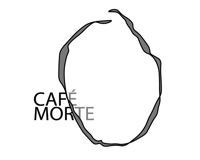Mercedes Kemp, Senior Lecturer and Course Coordinator of Falmouth’s BA(Hons) Fine Art, will co-deliver a seminar at London School of Economics and Political Science, hosted by the Cañada Blanch Centre for Contemporary Spanish Studies.
Titled ‘A Death in Zamora: The murder of Amparo Barayón and the Francoist treatment of women’, the seminar is a case study of a notorious example of the Francoist persecution of women during the Spanish Civil War. Three experts will discuss what happened to innocent civilians during the Spanish conflict through the investigation into the fate of Amparo Barayón carried out by his son, Ramón Sender-Barayón.
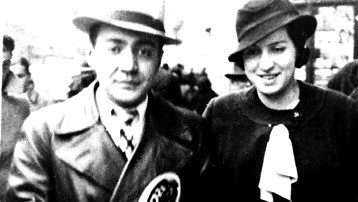 ‘One of the least-known aspects of the repression against civilians carried out by the supporters of the military coup of 17-18 July 1936 in Spain is the scale of their systematic persecution of women. Murder, torture and rape were generalised punishments for the gender liberation embraced by most liberal and left-wing women during the Republican period. An extreme example of the repression of women was the fate of Amparo Barayón, the wife of the novelist Ramón J. Sender. Immediately after the coup, Sender had sent Amparo and their two children to her home city of Zamora where he believed they would be safe. There she was imprisoned along with her seven-month-old daughter, Andrea, after protesting about the murder of her brother Antonio (two of her brothers would be extradjudicially killed). She was mistreated and then extrajudicially executed on 11 October 1936. Her ‘crime’ included being a modern, independent woman who had escaped the stultifying bigotry of Zamora, and had children with a man to whom she was married only in a civil ceremony. The seminar will discuss the story of Amparo and also of the Barayóns as an extended and diasporic family, from 1936 to the present, in order to understand the unfinished business of that long-ago process of repression: both Amparo’s children were raised by a foster family in the USA and scarcely knew of their mother’s fate, until as adults they determined to find out.’
‘One of the least-known aspects of the repression against civilians carried out by the supporters of the military coup of 17-18 July 1936 in Spain is the scale of their systematic persecution of women. Murder, torture and rape were generalised punishments for the gender liberation embraced by most liberal and left-wing women during the Republican period. An extreme example of the repression of women was the fate of Amparo Barayón, the wife of the novelist Ramón J. Sender. Immediately after the coup, Sender had sent Amparo and their two children to her home city of Zamora where he believed they would be safe. There she was imprisoned along with her seven-month-old daughter, Andrea, after protesting about the murder of her brother Antonio (two of her brothers would be extradjudicially killed). She was mistreated and then extrajudicially executed on 11 October 1936. Her ‘crime’ included being a modern, independent woman who had escaped the stultifying bigotry of Zamora, and had children with a man to whom she was married only in a civil ceremony. The seminar will discuss the story of Amparo and also of the Barayóns as an extended and diasporic family, from 1936 to the present, in order to understand the unfinished business of that long-ago process of repression: both Amparo’s children were raised by a foster family in the USA and scarcely knew of their mother’s fate, until as adults they determined to find out.’
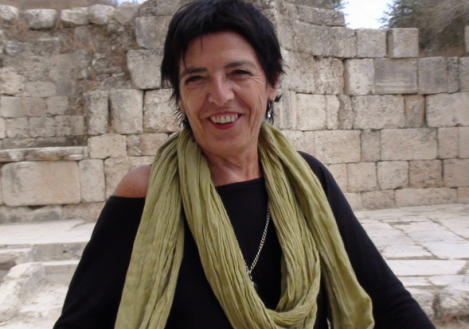 Mercedes Kemp is a Course Coordinator of BA(Hons) Fine Art at Falmouth University, a writer, and Director of Community and Research for WildWorks Theatre Company. She was born in Zamora and grew up in Andalucía. For the past forty years she has lived in Cornwall. She travels with WildWorks, establishing links with communities and developing text for site specific theatre. Her method involves a kind of eclectic ethnographic research into a variety of sources: archives, libraries, cemeteries, bus stops, town gossips, old photographs, conversations and, above all, a close observation of the process of memory and its effect on the value that people place on their environments. Mercedes is also grandniece of Ramón J.Sender and Amparo Barayón and has collaborated with her cousin, Ramón Sender Barayón, in the publication of both editions of ‘Muerte en Zamora’, Ramón’s account of his search for the memory of his mother.
Mercedes Kemp is a Course Coordinator of BA(Hons) Fine Art at Falmouth University, a writer, and Director of Community and Research for WildWorks Theatre Company. She was born in Zamora and grew up in Andalucía. For the past forty years she has lived in Cornwall. She travels with WildWorks, establishing links with communities and developing text for site specific theatre. Her method involves a kind of eclectic ethnographic research into a variety of sources: archives, libraries, cemeteries, bus stops, town gossips, old photographs, conversations and, above all, a close observation of the process of memory and its effect on the value that people place on their environments. Mercedes is also grandniece of Ramón J.Sender and Amparo Barayón and has collaborated with her cousin, Ramón Sender Barayón, in the publication of both editions of ‘Muerte en Zamora’, Ramón’s account of his search for the memory of his mother.
Thursday 18 October 2018, 6pm – Cañada Blanch Seminar
Speakers: Mercedes Kemp (Falmouth University) and Helen Graham (Royal Holloway)
Chair: Prof. Paul Preston
Place: LSE, Portugal Street, Cowdray House, 1st floor, Seminar room 1.11
http://www.lse.ac.uk/canada-blanch/events/2018-10-18/death-in-zamora

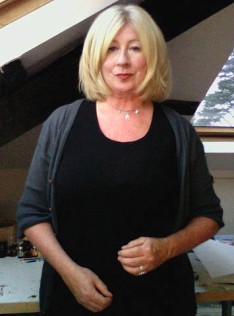
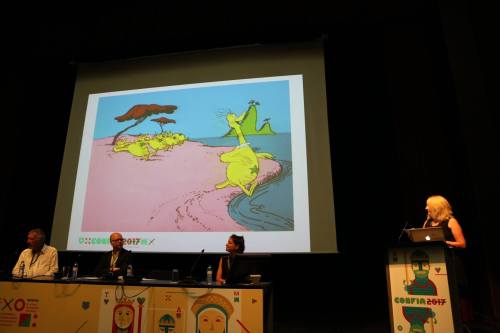






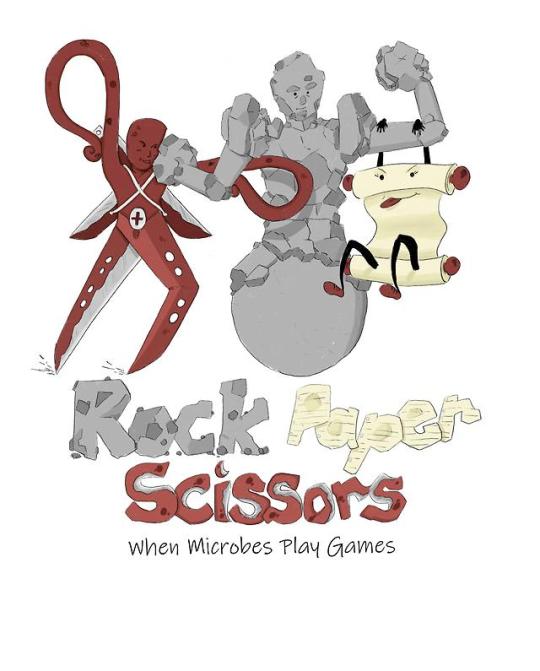
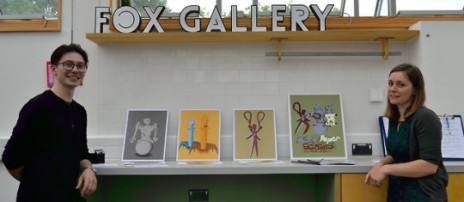






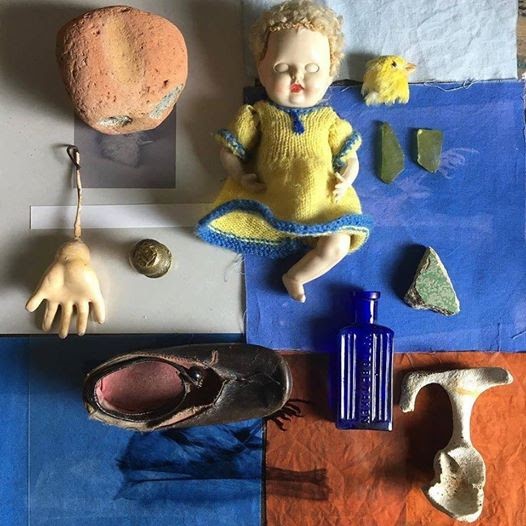
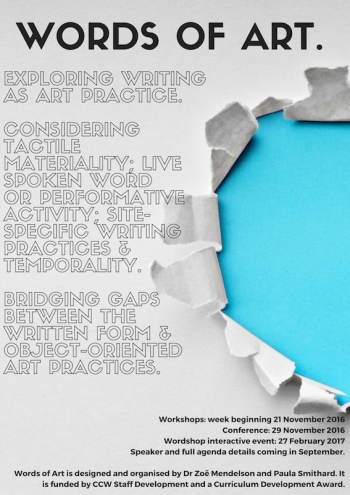




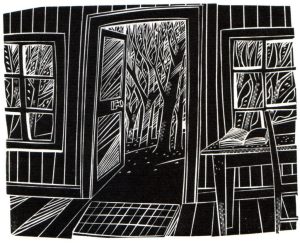













 BA(Hons) Drawing student, Megan Fatharly, has reviewed the
BA(Hons) Drawing student, Megan Fatharly, has reviewed the 